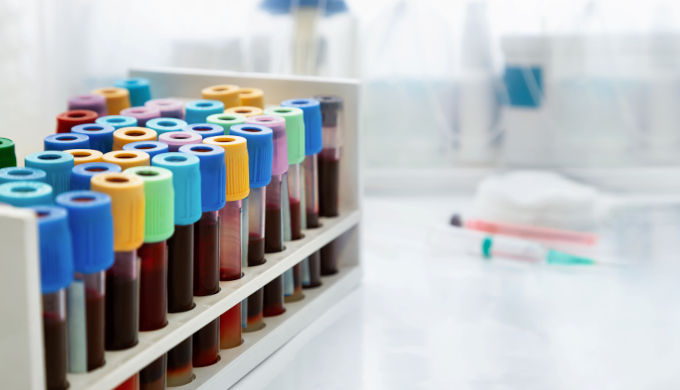Author: Lucy Piper
medwireNews: Increased neutrophil levels may be associated with an increased risk of developing amyotrophic lateral sclerosis (ALS), say researchers.
They found that for each standard deviation (SD) increase in neutrophils, the risk of incident ALS increased by 15%, after accounting for other risk factors such as age, sex, sociological and lifestyle variables.
Similarly, for the neutrophil-derived metrics of neutrophil-to-lymphocyte ratio (NLR) and systemic immune–inflammation index (SII), the risk of incident ALS increased by a respective 15% and 17% per SD increment.
“Our study provides evidence that the premorbid innate immune landscape may play a role in the pathogenesis of ALS”, say Dongsheng Fan (Peking University Third Hospital, Beijing, China) and colleagues in the Annals of Neurology.
They add that the “findings were robust across a range of sensitivity analyses, suggesting that they are unlikely to be driven by confounders or reverse causality.”
By contrast, C-reactive protein and “[a]daptive immunity reflected by lymphocyte counts, seems to have no effect on ALS incidence”, the investigators note.
The study was conducted using UK biobank data from 2006ꟷ2010 for 345,000 individuals whose peripheral blood samples were analysed within 24 hours of being drawn. The average age of the participants was 56 years and just under half (47.5%) were men. During a median follow-up of 12.6 years, 348 individuals developed ALS.
These individuals had significantly higher neutrophil counts (4.11 vs 4.00 x109 cells/L), NLR (2.28 vs 2.11) and SII (558 vs 521) than those without ALS, whereas monocyte counts, lymphocyte counts, platelet counts and the ratios of lymphocyte-to-monocyte and platelet-to-lymphocyte were similar between the two groups.
The researchers also found that the association between neutrophil levels and ALS was dependent on age and body mass index (BMI).
Among participants younger than 65 years, the risk of incident ALS increased by 24% with each SD increment in neutrophil count and by a corresponding 23% and 25% with each SD increment in NLR and SII. But in individuals older than 65 years, there was no association between levels of neutrophil, NLR and SII levels and the onset of ALS.
There was also no effect of peripheral immunity on ALS incidence among patients with a BMI below 25 kg/m2, whereas there was a significant effect of SD increments in neutrophil count, NLR and SII in individuals heavier than this, with the risk of ALS onset increased by 24%, 22% and 24%, respectively.
Fan et al speculate “that obesity alters the phenotype of neutrophil[s], leading to a more destructive phenotype.”
The researchers note that “ALS is a highly heterogeneous disease, in which patients have different levels of innate immunity”, and they suggest that “[i]mmune stratification based on neutrophils in patients with ALS is a promising approach for more precise immunotherapy of the characterized ALS group.”
The team concludes: “Understanding the molecular basis of these changes will facilitate the development of presymptomatic biomarkers and therapeutic targets.”
News stories are provided by medwireNews, which is an independent medical news service provided by Springer Healthcare Ltd. © 2023 Springer Healthcare Ltd, part of the Springer Nature Group
This independent news story was supported by an educational grant from L’Institut Servier, Suresnes, France.
Image Credits: © angellodeco / Stock.adobe.com



